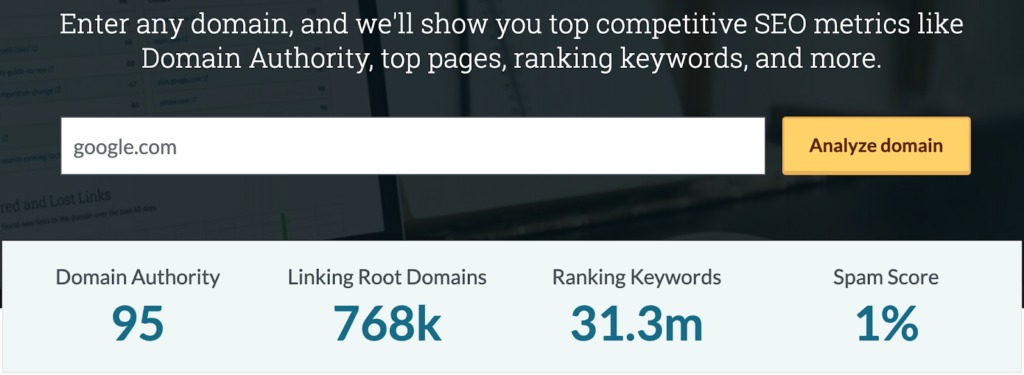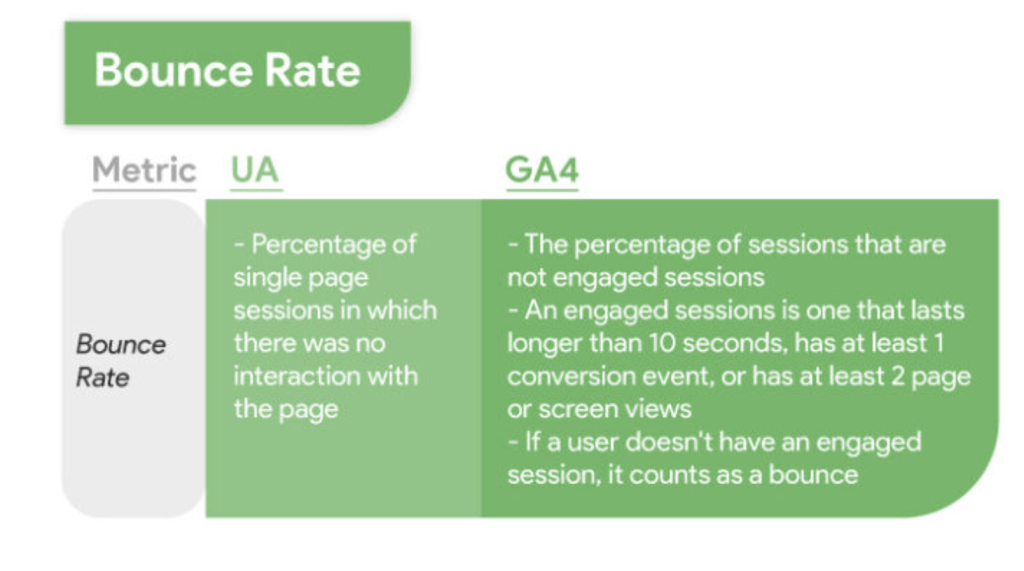There are many aspects of an organization that can make it a successful, thriving business.
For many, an engaging, user-friendly website is a crucial factor for building a brand and attracting customers. This is especially the case if you are running an e-commerce business.
A website gives you brand identity and creates a place for customers to find out more information about what you do. So, how can a subdomain affect this?
In this article, we’ll talk about subdomains and how they can impact your SEO performance.
What is a subdomain?
Simply put, a subdomain is another part of your website. If you feel like you want to add another section to your website that enhances your brand, then you may want to use a subdomain. This subdomain allows you to provide further information to users, and can even direct them to your e-commerce shop.
Take Google, for example: there’s Google’s main search engine, google.com and then you have the subdomains maps.google.com and earth.google.com. Both are still part of the main Google domain, but each has its own purpose separate from the Google site. If Google is the main umbrella, then subdomains are sub-categories underneath it.
Here’s an example of what a URL with a subdomain looks like:

They are created for various reasons, including to:
- Better organize the website’s content
- Provide more in-depth information on a certain topic
- Target niche markets or specific user types
- Maximize geo-targeted pages
- Create a separate e-commerce store
It’s important to note that not every site needs subdomains and they should only be utilized if it’s relevant to your website and what you’re offering.
Subdomains are not to be confused with a subdirectory. A subdirectory is part of your main website and it could look something like this: www.mywebsite.com/blog.
On the other hand, a subdomain would look more like: www.blog.mywebsite.com.
Google has clarified in recent years that it treats subdomains and subdirectories similarly for indexing and ranking purposes. However, consolidating content into a single domain can sometimes simplify technical SEO and authority building.
How is a subdomain different from a domain?
When you look at the URL of a website you’ll see https://apple.com. The second part, apple.com, is the domain name. That’s often the name of your company or a name used to describe exactly what the website is intended for.
The top-level domain is the “.com,” “.org,” or “.net” part of the URL. The second-level domain is the brand name itself, i.e. “apple.”
Now you have your top-level domain and second-level domain, you can create a subdomain. A subdomain is like a prefix to your domain. Examples include putting “blog” or “payment” in front of the domain to indicate exactly what the subdomain is for.
6 ways subdomains impact SEO
One of the main reasons a business may choose to create a subdomain is to try to positively impact their SEO performance. Here are six ways that can happen.
1. Creating a better on-site experience
Using a subdomain means you can provide a different user experience to your main website. Your subdomain is usually an expansion of your main website, when you want to explore a certain topic further but don’t want this information on your main website.
This way of organizing your website content makes it easier for your users to find the information they want. This gives a better on-site experience, which may contribute to improved search engine visibility.
Longer user engagement with your content often correlates with higher rankings, although Google has not confirmed metrics like “dwell time” as direct ranking factors.
However, creating subdomains that streamline navigation and provide relevant content can increase user engagement and reduce frustration. You can monitor this through tools like Google Analytics 4.
[Case Study] Keep your redesign from penalizing your SEO
2. Targeting international markets
As we’ve discussed, a subdomain can be used to create specialized content. So, what about when this content applies to a certain target demographic? You can steer your subdomain content towards certain countries and continents. This is ideal if you have a global business and want to target international markets.
The content and language on your site need to reflect the country you are targeting. Utilizing a subdomain can help, although many SEO professionals prefer using subdirectories for international targeting due to the simpler implementation of hreflang attributes and consolidated domain authority.
3. Inserting keywords into your URL
Although focus has shifted more towards user intent these days, keywords still go hand-in-hand with SEO. By associating your site with relevant keywords to your product or service, potential clients may find you more easily. This is foundational SEO.
When your business’s name doesn’t necessarily match your products, like Apple, for example, it can be difficult to include keywords in your main URL. A subdomain URL allows you to tie in relevant keywords, which can improve your visibility.
While exact match keywords in URLs have less weight than they did in the past, they can still influence click-through rates and provide contextual signals.
4. Growing authority in niche markets
Your subdomain can be as broad or niche as you like. However, the majority of the time, subdomains are created to be more niche in order to target markets the main website may miss.
This can be a great SEO tactic for businesses who want to grow authority in, and traffic from, those more niche markets.
For instance, if a bakery sells baked goods via a physical store and their website also wants to start selling their own coffee beans, they may find a subdomain to be useful. It doesn’t distract from the main purpose of the site, which is to draw customers to their baked goods, but it does allow them to sell coffee beans as well.
Although both are related to food, trying to rank for coffee-related keywords on the main site may be difficult. Therefore, a subdomain can help with targeting those niche keywords.
5. Boosting site domain authority
Domain authority (DA) refers to how your website is perceived. It’s a search engine ranking score developed by Moz.
A site’s DA is ranked from 1-100. Generally speaking, the higher the DA, the more trusted the site is and the higher it typically ranks in search engines. Keep in mind, however, that this is a third-party metric and not an official Google ranking factor.
Although subdomains are often treated as separate entities to the main website, they can still positively impact the visibility of your broader brand. Moreover, subdomains can rank for additional keywords that the main domain may not easily capture.

Source: Moz
6. Strengthening topical authority and site performance
Subdomains are particularly effective when used to segment content with distinct themes or technical requirements.
For example, hosting a developer hub, documentation portal, or data-heavy analytics dashboard on a subdomain can help you achieve two goals at once: increase topical authority and improve overall site performance.
From an SEO perspective, this type of content segmentation allows Google to better understand the specific purpose of each subdomain. This can lead to improved rankings for long-tail and specialized queries. At the same time, offloading resource-intensive content or tools to a subdomain can reduce the strain on your main domain, improving site speed and Core Web Vitals scores.
In combination, this strategy supports both relevance and user experience; two key ingredients for strong SEO performance.
[Case Study] Monitoring and optimization of a website redesign following a penalty
Do subdomains always help with SEO?
Although subdomains are useful for an organization, they aren’t necessarily your ticket to that top search result on Google. That’s because it all depends on your website, and they should be used on a case-by-case basis.
A poorly designed website is likely to have a high bounce rate. If you create a subdomain but still haven’t mastered the UX, then the impact of your subdomain isn’t going to positively influence your original site: people still won’t want to interact with it.
Today, Google Analytics 4 emphasizes “engaged sessions” rather than bounce rate alone, but the principle remains: a subdomain can’t compensate for poor content or design on the main site.

Source: Oncrawl
What’s more, some view a subdomain as competition with yourself. Strictly speaking, your subdomain can outperform your main website. If they are optimized for the same keywords, then they are going to be competing against one another for the highest ranking.
This can be an issue for some businesses. However, many view it as a benefit because it gives you even more of a chance to appear on Google’s first search result page, no matter which domain makes it there.
[Case Study] Improving the structure of a media site
Should you use subdomains for your website?
Subdomains aren’t useful for every business. In reality, you should only be using them to support your main domain website if it’s appropriate; if, for instance, you want to create an e-commerce store or a more detailed resource for one of your best-selling services.
Creating a subdomain for the purpose of keyword stuffing and rankings could end up doing more damage than good. In other words, if the subdomain doesn’t provide genuine value, then don’t create one.
However, if you do decide to use subdomains for your website, and you structure them with intent, you may see positive impacts on your SEO performance—from targeting new audiences to improving clarity and user experience.


